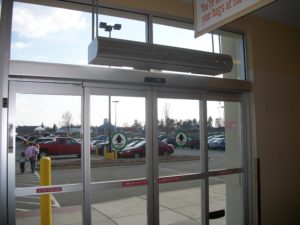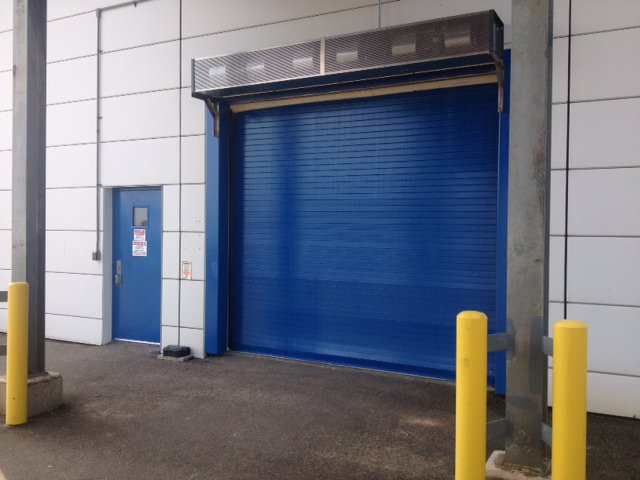
What is an air curtain? Have you ever walked into a commercial building, heard the sound of whirling air, and felt a burst of wind rush across your body as you pass through the doorway? You’re most likely experiencing the effects of an air curtain. If you look closely overhead, you’re likely to see the air curtain unit, but it’s output is invisible. Like a physical door, it isolates different temperature zones and keeps out unwanted contaminants; unlike a door, it doesn’t restrict vehicle or human traffic, or require manual effort to pass through.
Air curtains have many benefits, including energy cost savings, better use of space around doorways, elimination of fog on glass between differing temperature zones and deterrence against flying insects and other unwanted debris. Whatever your air curtain needs, Air Door Distributors has the perfect unit for your specific needs.
When you purchase your air curtain, like any mechanical device, it will require maintenance to keep it operational. The tasks required to maintain an air curtain will vary depending on the type of unit. There are some components that are common to all air curtains, and some components that will be unique to other types and brands. Therefore, different units will require more maintenance than others.
Air Door Distributors offers many air curtain options that require different levels of maintenance. Here we will focus on common areas of maintenance that need regular attention with most air curtains.
Visual Inspection
Something as simple as a visual inspection of the air curtain components can avoid many problems. Any device that moves air is prone to build-up of dust and dirt. Staying on a regular cleaning schedule is key to extending the life of an air curtain. Frequent visual inspections may also bring attention to other components that need repair.
Filters
The function of the air filter is to prevent dust and dirt particles from entering the air intake of the unit, keeping the other components of the air curtain clean. Some filters are simple disposable types; they can be discarded and replaced with new filters. Other filters are made of materials that can be cleaned and reused. Reusable filters can be cleaned with water and a mild soap. When the filter dries, it can be reinstalled in the air curtain unit. When used in dirty or dusty locations, filters need more frequent cleanings or replacements.
Fans
As the fan is the main air movement component, it’s important that it is in good working order. Once again, cleanliness is important. A dirty fan can cause vibration, noise and excessive wear on the motor bearings. Exterior surfaces of the fan should be wiped clean. Fan bolts and set-screws should be checked for tightness, and properly tightened if loose.
Belts
Air curtains with belt-driven fans require frequent belt checks. Belts should be checked for proper tension and physical condition. Belts should not be cracked or stretched. Belts in less-than-optimal condition should be replaced. Belt tension should be adjusted according to the manufacturer’s instructions.
Direct drive fans won’t have belts to maintain. In this case it will only be necessary to ensure that the fan is securely mounted to the blower motor.
Blower Motor
The blower motor is the component that turns the fan so that it can move the air required for the air curtain to perform its function. It’s important to keep the blower motor clean. If dust or grease accumulate on the motor, it will be prone to overheating.
If motor bearings are noisy, it’s possible they may need attention. Some blower motors have bearings that can be lubricated, others have sealed bearings that cannot. If a sealed bearing fails, it must be replaced. If a motor has bearings that are not sealed, the bearings can be removed, cleaned and re-lubricated. Note: bearings tend to fail more often from over-lubrication than under-lubrication. Therefore, it’s important not to over-lubricate the motor bearings.
Electrical Connections
Electrical connections will be found at motors, switches and thermostats. They will need to be checked periodically. Any signs of corrosion or discolored insulation should be inspected and repaired by a qualified electrician.
Steering Vanes
Steering vanes are the components that direct air leaving the air curtain at the desired angle. The vanes are usually adjusted at the factory and need no further adjustment. Depending on the application, whether for protection against heat loss, prevention of contamination etc., there may be cases when the vanes need to be adjusted so that the air curtain can more accurately accomplish its intended purpose. A mechanical contractor who installs air curtains should be able to help with the adjustment of the vane direction if necessary. Once the appropriate angle is achieved, it shouldn’t need to be altered.
Maintenance Intervals
All manufacturers have different guidelines regarding maintenance schedules for their air curtain models. Each air curtain should be maintained according to its manufacturer’s recommendations.
While every maintenance procedure for every model of air curtain could not be delineated in this brief set of guidelines, implementing these simple procedures should keep your air curtain in good working order throughout its expected lifespan. When maintaining an air curtain, keep the age and repair cost of the unit in mind. In many cases, it might make fiscal sense to replace the unit entirely. Whether you need to replace on old air curtain or purchase an air door or curtain for a new application, contact Air Door Distributors to identify the latest, most efficient model for your needs.


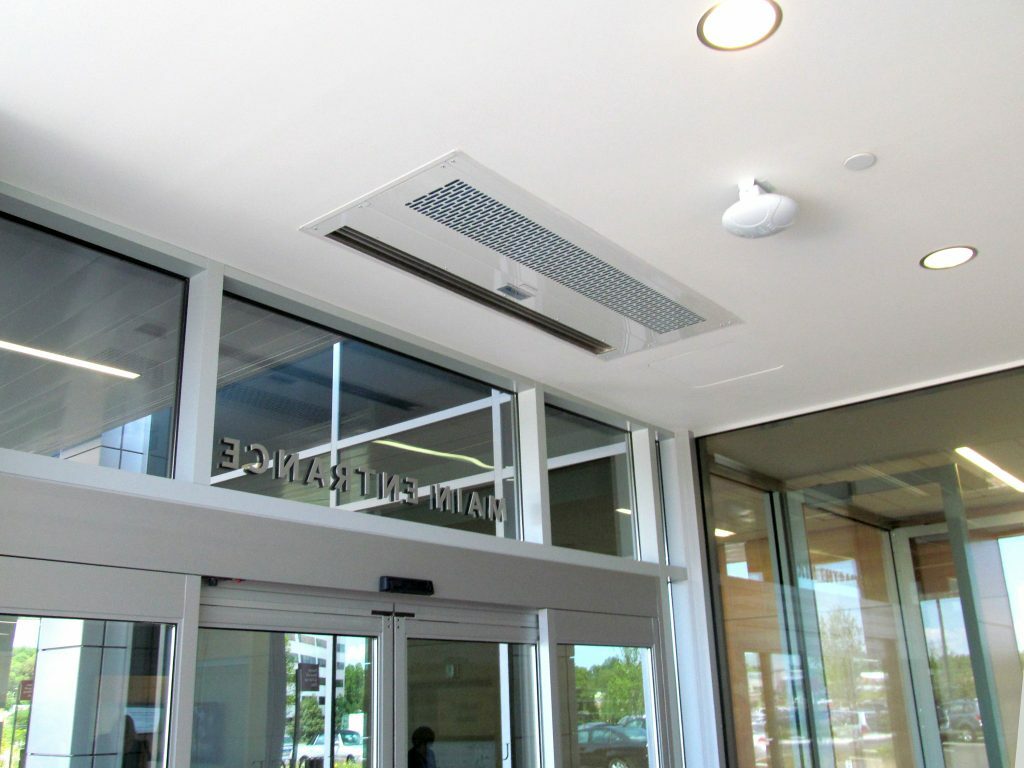





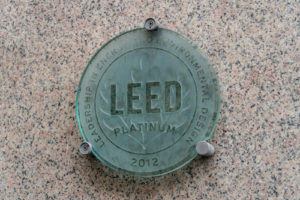
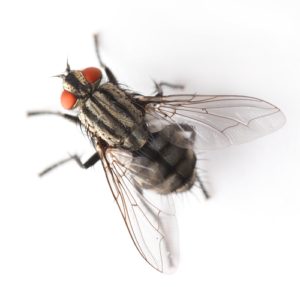 Creating a comfortable and inviting atmosphere for restaurant guests involves more than simply good ambiance and decor along with the right interior temperature.
Creating a comfortable and inviting atmosphere for restaurant guests involves more than simply good ambiance and decor along with the right interior temperature. 
